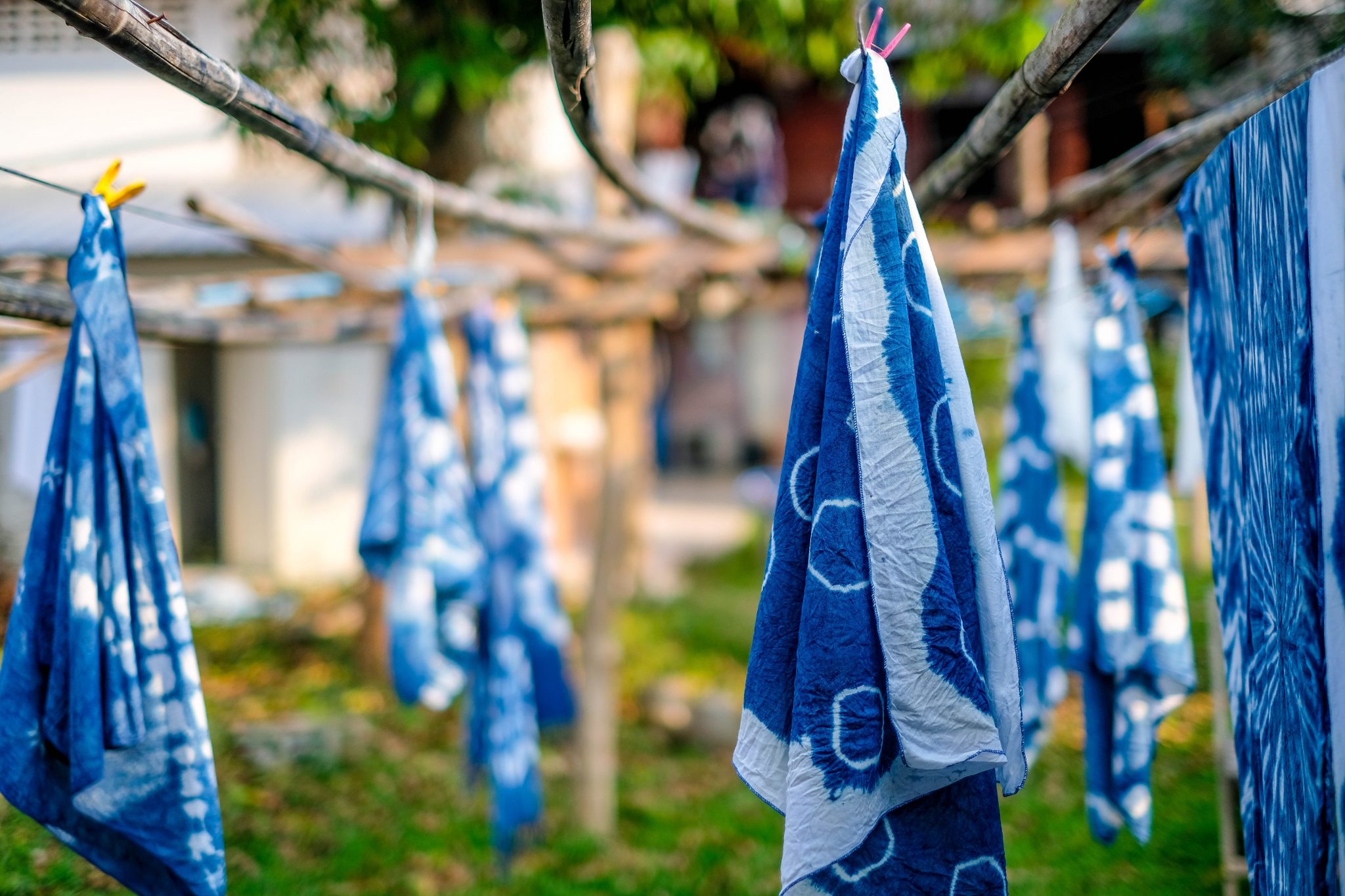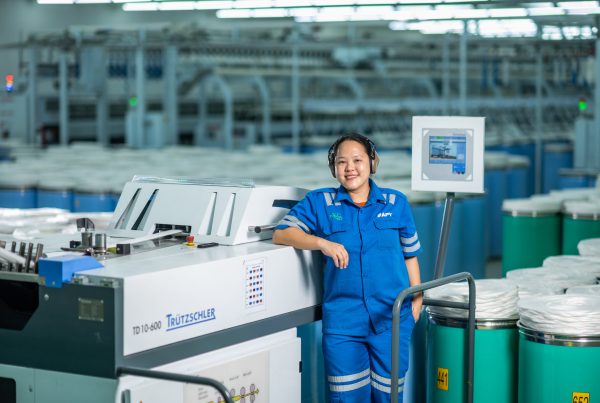There is increasing realization around the world that the fast fashion industry comes at a huge environmental cost, with outfits designed to be worn just a handful of times before being discarded.
Unless something changes, by 2030 we are on track to throw away more than 134 million tonnes of textiles each year. Most of this fashion waste is not biodegradable – the most popular fabrics, such as nylon, polyester and acrylic, are all forms of plastic and will remain in landfills for centuries.
Consumers are increasingly demanding more sustainable options, and brands are rushing to catch up.

That means there is increasing focus on where raw materials come from, how garments are produced, and what happens to them at the end of their useful lives. And nature-based fabrics, such as viscose rayon, have a clear place in a future, more sustainable fashion industry.
Read more: What is Sustainable Fashion?
APR’s viscose rayon is produced from trees grown on sustainably managed plantations that are independently certified, primarily through international body PEFC. That means that the raw materials are produced with minimal impact on the environment and, as part of our APR2030 agenda, we’re committed to net zero emissions from land use through vertical integration with primary supplier APRIL, and to halve APR’s product carbon intensity per tonne of viscose production.
Reducing and recycling
Nature-based fibres have the advantage of being biodegradable, meaning that when they are eventually discarded they break down naturally in the soil. APR’s viscose for example has been independently verified to biodegrade naturally in both soil and water. That goes some way to reducing the growing volume of fashion waste sitting in landfills.
Reducing the impact that fashion waste has in landfills is important, but the holy grail of the fashion industry is to stop that waste in the first place, by recycling fabric discarded in the production process, as well as used garments that would otherwise be thrown away.
This is harder than it may sound. Fabrics that are blended with other materials must be unpicked, zippers and buttons must be removed, and dyes must be extracted – and much of the technology to do this remains in its infancy.

As part of our APR2030 goals, APR has committed to use 20% recycled textile content in our viscose staple fibre (VSF) production by 2030. In part this will be achieved through a US$200 million investment by APR’s parent company, RGE, to mainstream the use of recycled textiles and accelerate circularity in the textile industry.
Good for Community
A more sustainable fashion industry must also take account of the way in which raw materials, fabric and the clothes themselves are produced. As well as creating jobs in our operations, APR also aims to have a positive impact on the area in which we operate. For example, we have partnered with producers of traditional batik cloth, to help them use sustainable viscose and natural dyes in their work.
And as part of our APR2030 commitment we will work together with APRIL Group to help eradicate extreme poverty within a 50-km radius of our operations.
The industry still has work to do to realise the promise of sustainable fashion, but it’s clear that viscose fabric will play an important part in the future of the fashion industry.
###






